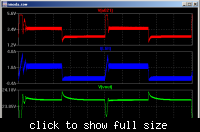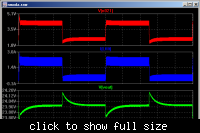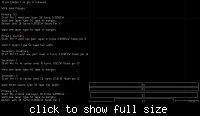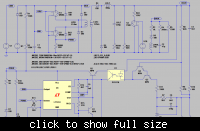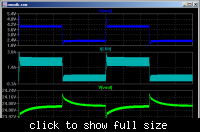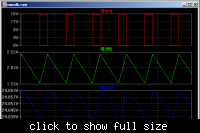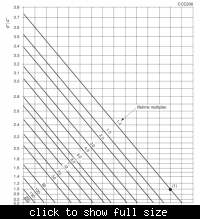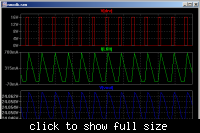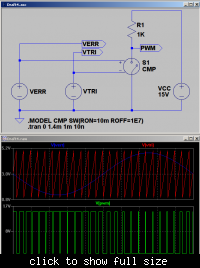CandleCookie
Advanced Member level 4
It's ok. No problem. I still left about 1 month time to finish my project. Now I'm testing other parts leaving out the transformer part so that I do not need to rush.
So both LT1244 and UC3845 can use to regulate the circuit?
So both LT1244 and UC3845 can use to regulate the circuit?
